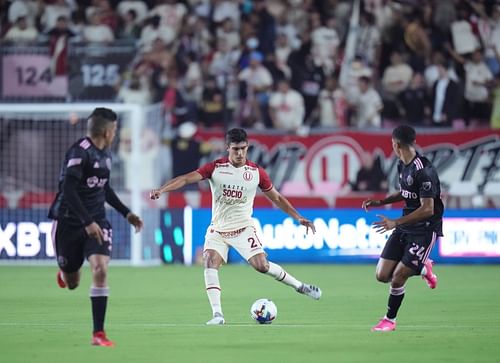
Single-entity structure in sports leagues - a complete guide

Most fans know all the ins and outs of their favorite sports leagues.
However, that's not always the case for soccer fans in the US, or even football fans elsewhere in the world who have found themselves wondering why Major League Soccer (MLS) operates differently than any other football (soccer) league in the world.
These fans have often had to undergo a bit of a learning curve to understand how MLS and other similar leagues operate.
Major League Soccer is one of the most well-known examples of a major sports league that has its roots in what is termed as a “single-entity structure.”
What this means is that the league is registered as a single legal entity that owns all the clubs that are part of it as well as all player contracts.
In turn, all the teams part of the single-entity structure have an investor-operator who are shareholders in the overall league. Besides the MLS, Major League Rugby (MLR), the only professional rugby league in North America, also follows the same model, while the Women’s National Basketball Association (WNBA) had initially started as a single-entity structure as well.
So how does this differentiate such leagues from major leagues elsewhere in the world such as the Premier League, La Liga, etc. ?
Player acquisition is the name of the game
Leagues with roots in the single-entity structure such as MLS have player acquisition regulations that are unlike any other league in the world. In such structures, the league essentially acts as a club in its own right, in that it buys and sells all players directly by dealing with clubs and teams from other leagues, etc. Though a unique system, the regulations have often been criticized as inefficient, overly-complicated, and unfair in the case of MLS.
Single-entity leagues control player acquisitions through a set of rules designed in theory to make sure that their teams do not compete with each other on buying the same players. These rules grant teams exclusive rights to teams to negotiate with and sign certain players. While these rights can be traded or sold, this method is intended as an attempt to reduce competition amongst the league’s teams.
In essence, a player from a foreign club has to be signed with the league, and then distributed among the teams based on the league's set policies for player acquisition, which would determine which team gets the player.
For those used to the “normal” system of clubs making offers directly to players and players oftentimes choosing from offers from multiple clubs in the same league, this might seem like a head scratcher.
For Premier League fans, if the Premier League was to be structured as a single entity, this would in theory have meant that when Cristiano Ronaldo transferred from Juventus, the global superstar would have been sold to the Premier League and then allocated to one of the Premier League clubs based on the league’s set player acquisition rules, instead of directly being sold to and bought by Manchester United.
Origins in antitrust regulations
An essential reason as to why single-entity structures exist in sporting leagues, and why they are primarily seen in the United States, lies in US antitrust laws. Specifically, Section 1 of the US Sherman Antitrust Act invokes that any party cannot engage in a “conspiracy” to restrain trade if they are part of a single entity. Thus, leagues such as MLS are legally structured as a single entity to be able to preserve this defense. This is also why such leagues typically own teams' intellectual property rights, and why the often convoluted player acquisition process is in reality a key tenet of MLS’ legal strategy.
Exceptions to the rule
While the single-entity system status can be seen as something to be rigorously protected in the concerned league's eyes, there have been some exceptions that have given some independence to the teams. The most notable one can be said to be the Designated Player rule in MLS which now allows teams to procure the services of a certain number of players above the league salary cap, while paying for the difference between the Designated Player salary and the salary cap from their own pocket.
The Designated Player rule allows the league to attract better players and potentially improve the image of the team, and in turn, the league. The result has been there for all to see over the years, such that while the Designated Player rule might be the official nomenclature, it has been unofficially nicknamed the Beckham rule after David Beckham's transfer to LA Galaxy in 2007.
Thus, while single-entity league structures can be based off legitimate antitrust concerns, and despite leagues also seeing certain exceptions granted to teams for mutually-assured benefits, the single-entity league structure can often be seen as complicated, in some ways unnecessarily so. What the single-entity structure can mean for the long-term sustainability of such sports leagues, however, can be anybody's guess, and is sure to be debated till time eternal.